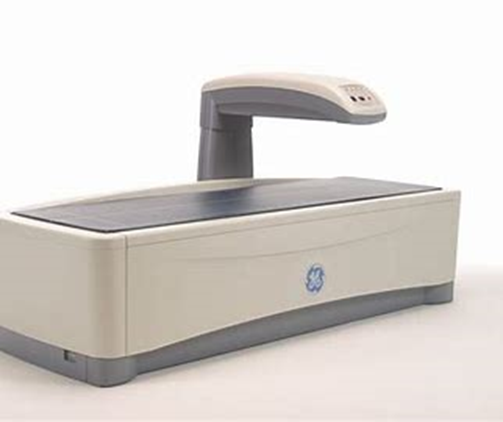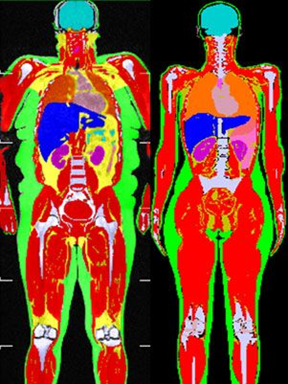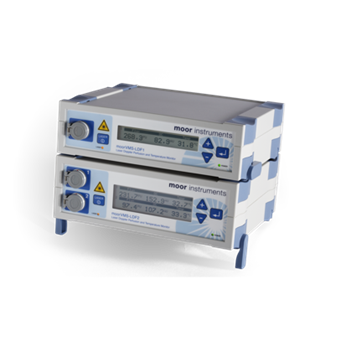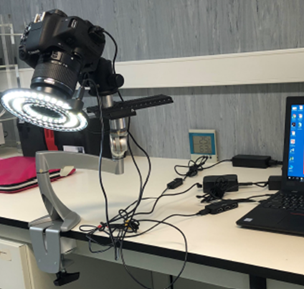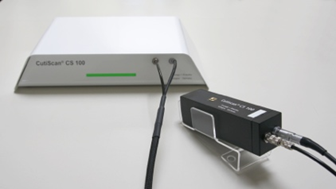Research
Functional Immersion & Biometrics Lab
Head
Luis Monteiro Rodrigues and Sérgio Andrade
The Functional Imaging Lab (FILab) is set to investigate in vivo human body functions an composition as near as possible from the normal physiological state. To that purpose it uses the concept of “skin as a window to human health and disease” that fostered a diversity of new instruments expanding non-invasive diagnostics while transforming imaging in much more than a simple morphology assessment tool.
The FILab supports a variety of ongoing projects at CBIOS, from basic research to clinical studies and applications, including the safety and efficacy of bioactive formulations, medical devices and food supplements.
Resources
The FILab gathers an extraordinary combination of instruments and devices particularly dedicated to assess various human functions, from the skin proper (cutaneous bioengineering) to electrical brain waves (last generation EEG EMOTIV system) to advanced hemodynamics (TaskForce CNSystems) or microcirculation imaging (optoacoustic tomography by MSOT iThera), to body composition (DEXA from GE).
EEG (EMOTIV Systems)

|
Dual-energy X-ray absorptiometry (General Electric) for body composition analysis
|
|
Laser Doppler flowmetry (MOOR)
|
Laser Doppler flowmetry (PERIMED)
|
Instruments / Multiple Sensors for the measurement of perfusion-related variables 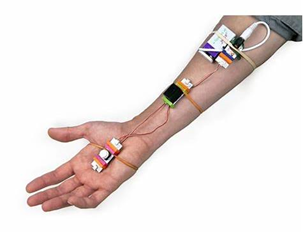
|
TiVi 700 Polarized Light system to measure superficial skin perfusion
|
MSOT Acuity, iThera Medical, For in-depth skin perfusion measurement and imaging

Taskforce CNSystems (SpaceMedical PT) for advanced hemodynamics and cardiac assessment
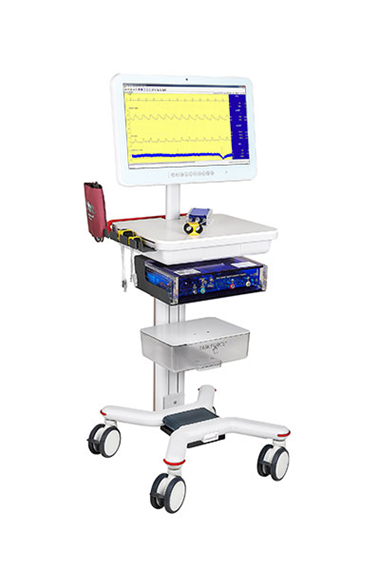
|
Tewameter TM300 Derma unit SCC3
|
Cutiscan 5000
|
|
| To assess transepidermal water loss, epidermal water, sebum and pH | To assess skin biomechanics |
Chromameter CR3000

High Frequency Sonography, Dermascan, Cortex
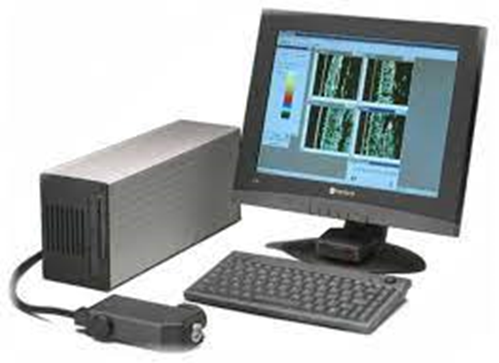
Translational Capacities and Services
Advanced training in Advanced Cosmetology (com hyperlink)
Advanced training in Medicina Estética (com hyperlink)
Advanced training in exploratory methodologies to test cardiovascular adaptive mechanisms
Advanced training in exploratory methods to assess cutaneous functions
Non-invasive strategies to assess safety and efficacy of topical and transdermal actives
- Franz cells (in vitro)
- Tape-stripping model (in vivo human model)
- Cyanoacrylate Skin Surface biopsy (in vivo human model)
- SLS repair model (in vivo human model)
- Methyl nicotinate microinflammation model (in vivo human model)
- Assessment of anti-inflammatory/ antioxidant activites

